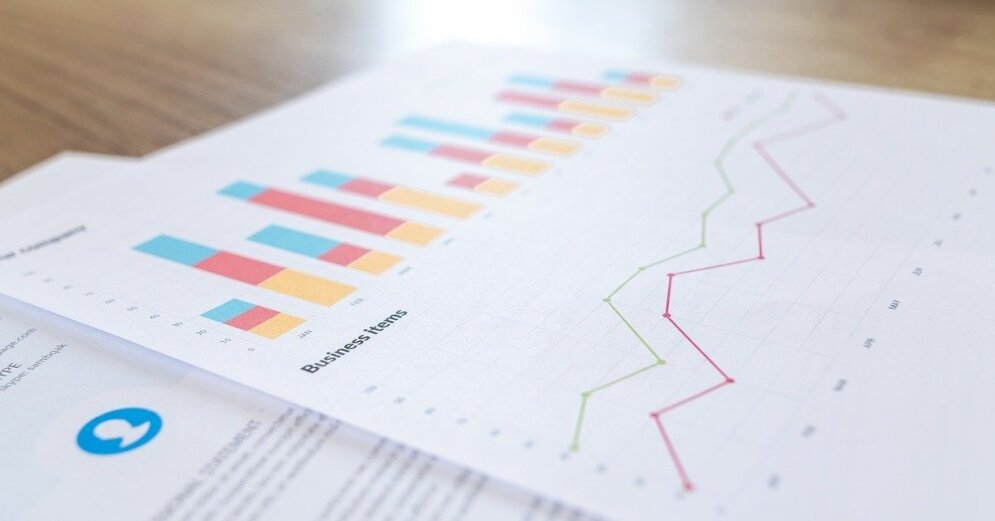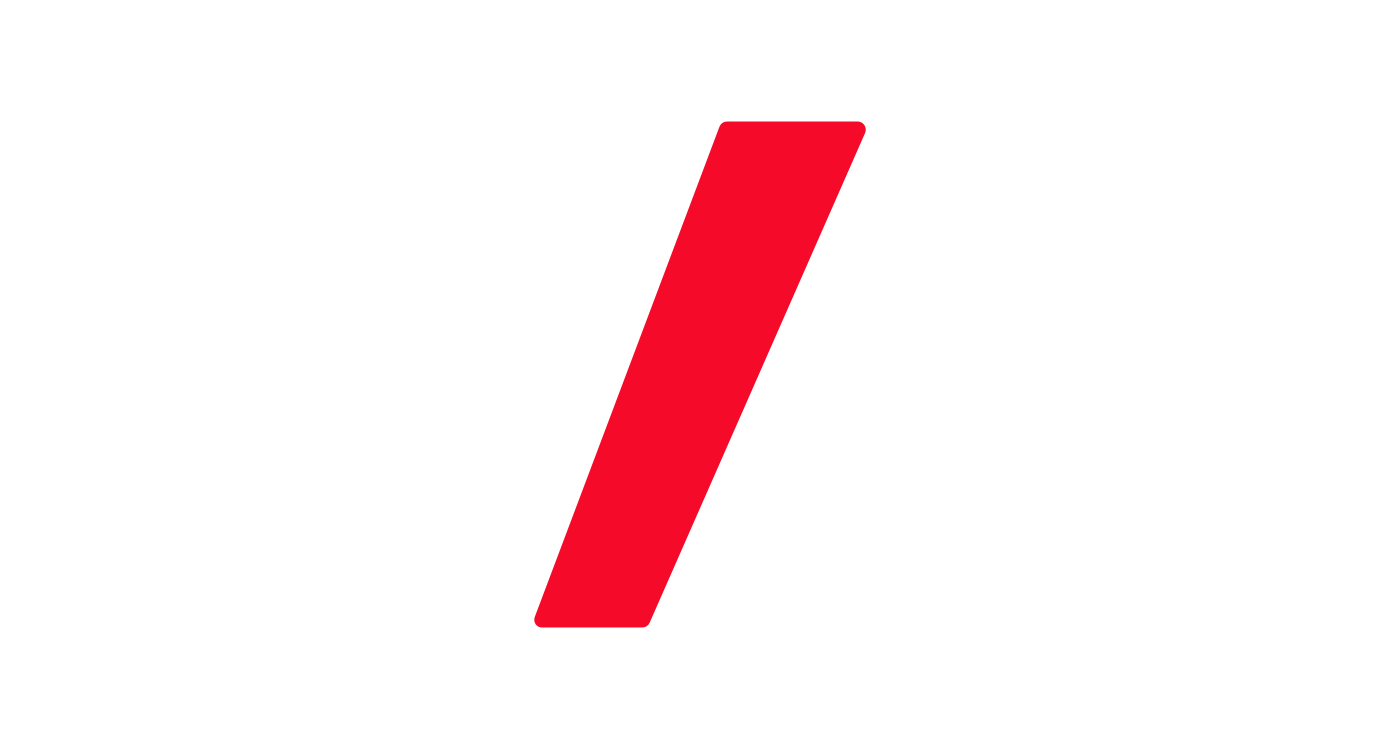8 companies from Latvia, 32 from Lithuania and 10 from Estonia have entered the TOP 50 of Coface Baltic companies. Despite the previous forecast, a slight recession was observed in the Baltic States in 2020 compared to other European economies. It is expected that this year the Baltic States will benefit from European Union (EU) Funds “Rail Baltica”In the infrastructure project. However, in the near future, rising electricity prices and a sharp rise in production costs will be a major challenge for the Baltic region.
–
–
Content will continue after the ad
Advertising
–
The annual study of the international credit risk insurer Coface analyzes companies with a turnover of more than 300 million euros in the previous calendar year. The TOP 50 of the Baltic States published in November this year also includes 8 companies from Latvia – ELKO Group (4th place), Uralkali Trading (5th place),Rimi Latvia ”(12th place),“Maxima Latvia ”(14th place),“Latvenergo”(18th place),“ Severstal Distribution ”(20th place). This year, Sanitex also entered the top for the first time (47th place), but two companies from Latvia have left the top.
The wholesaler of IT products “ELKO Grupa” ranks highest among Latvian companies – 4th place, but all three first places are shared by Lithuanian companies. They are characterized not only by rapid growth, but also by high profitability. The total turnover of all TOP 50 companies reaches 45.97 billion euros, of which 70.3% (32.3 billion euros) is the turnover of Lithuanian companies; 17.1% – the turnover of Latvian companies (7.9 billion euros), while the turnover of Estonian companies is 12.6% of all companies included in the top and is 5.8 billion euros.
“Contrary to previous forecasts, the Baltic States experienced a slight recession in 2020. The initial restrictions on Covid-19 were less severe than elsewhere in Western Europe, and the Baltic economies were supported by export industries and growing consumer and investment demand. As a result, the Baltic economies suffered less than others. Lithuania had a significant advantage – the road transport segment, which was able to operate despite the restrictions, unlike ferry traffic in Estonia and the national airline in Latvia, ”says Mindaugas Sventickas, head of Coface Baltic.
The Baltic investment in the digital economy and the growing specialization in the provision of IT services have had a positive impact on economic development and mitigated the effects of the pandemic. The TOP 50 dominant industries are: production of chemicals and minerals, production of petroleum and plastic products, pharmacy, IT and electronics, non-specialized trade, road transport and automotive industry, agriculture, etc. From the top of Latvia: IT and electronics industries (“ELKO Group”), non-specialized trade (‘Rimi Latvia ”,“ Maxima Latvija ”and“ Sanitex ”), production of chemicals and minerals, production of petroleum and plastic products (“ Uralkali Trading ”,“ Circle K Latvia ”), production and trade of electricity (“ Latvenergo ”) and metalworking industry (“ Severstal Distribution ”). The IT industry was the least affected by the recession caused by the pandemic.
“By the middle of 2021, the economies of the Baltic States had recovered and returned to the pre-pandemic level. This trend is expected to continue in the coming months. The retail sector is expected to grow rapidly due to the growing development of e-commerce. The level of household savings has also increased as a result of the crisis. On the other hand, in 2020, the Baltic States were strongly affected by high unemployment, which was higher than elsewhere in the Central and Eastern European region. However, the impact of unemployment was also low compared to 2008-2009 during the global financial crisis. per year. Overall, the Baltic States are expected to benefit significantly from economic development through EU funds (including from the European Recovery Fund reserves) and the investments included in the Rail Baltica project. The challenges that may affect recovery processes are not only related to soaring electricity prices, but also higher production costs for large producers, which directly affect final consumers. Rising commodity prices, as well as supply chain disruptions and delayed deliveries, have created very challenging conditions for any business, ”concludes Sventickas.
He adds that the situation in the health care system also has a significant impact on household consumption and overall economic growth if new restrictions are adopted. Especially seeing how hard the new wave of Covid-19 hit the Baltic States in the autumn of 2021.
With more than 75 years of experience and an extensive network of representative offices, Coface has become one of the largest international credit insurers. More than 50,000 customers worldwide use Coface services. The company’s services and solutions enable companies to make informed decisions regarding credit risks and opportunities to increase their sales in both domestic and export markets. The company’s turnover in 2020 reached almost 1.5 billion euros.
–


